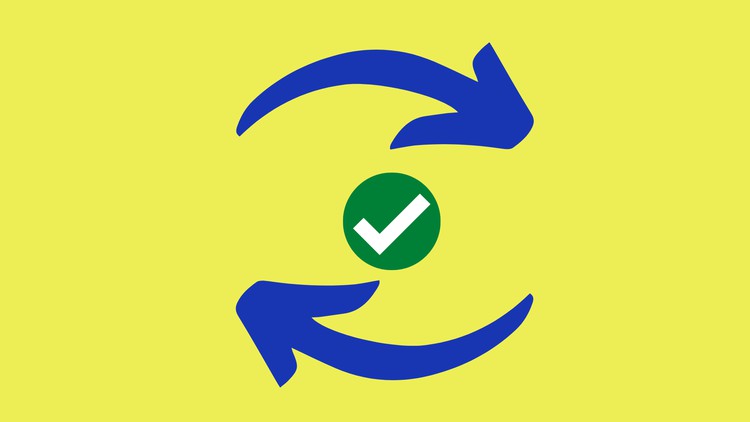1. Agenda
2. Fundamentals of Phases
3. Classification of Phases Methods Used
4. Classification of Phases Specific Purposes P1
5. Classification of Phases Specific Purposes P2
6. Classification of Phases Specific Purposes P3
7. Classification Summary
8. How we override phases
9. Code.html
10. Understanding execuction of build_phase in multiple components
11. Code.html
12. Understanding execution of connect_phase
13. Code.html
14. Execution of Multiple instance phases
15. Raising Objection
16. Code.html
17. How Time consuming phases works in Single Component
18. Code.html
19. Time Consuming phases in multiple components
20. Code.html
21. Timeout
22. Code.html
23. Drain Time Individual Component
24. Code.html
25. Drain Time Multiple Components
26. Code.html
27. Phase Debug
28. Phase Debug Switch.html
29. Objection Debug
30. Objection Debug Switch.html
31. A51.html

